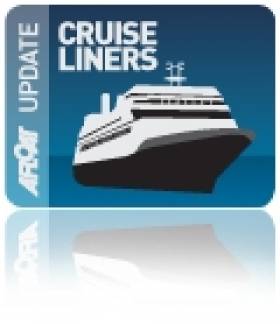Displaying items by tag: Emission Control Areas (ECAs)
Cruise Conference Discusses New Sulphur Emissions Regulations
#CruiseConference- At the Cruise Europe conference held in Le Havre yesterday, plans for the new sulphur emissions regulations due to come into force in 2015 were among the issues discussed at the event.
Captain Michael McCarthy, chair of Cruise Europe and commercial manager at the Port of Cork addressed the potential for fuel shortages when emission control areas (ECAs) come into force in 2015. Citing likely competition between marine and land-based users, he said: "There is a huge shortfall in oil refining in Europe. The European Union may have no choice but to offer derogation by 2015."
McCarthy addressed changes brought about by globalisation of Cruise Lines International Association (CLIA), commenting: "Cruise Europe is happy to sign a Memorandum of Understanding with CLIA Europe to continue to promote consistency of product quality in Europe." For more on this story CruiseandFerry.net reports
























































